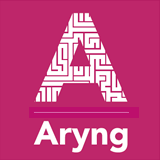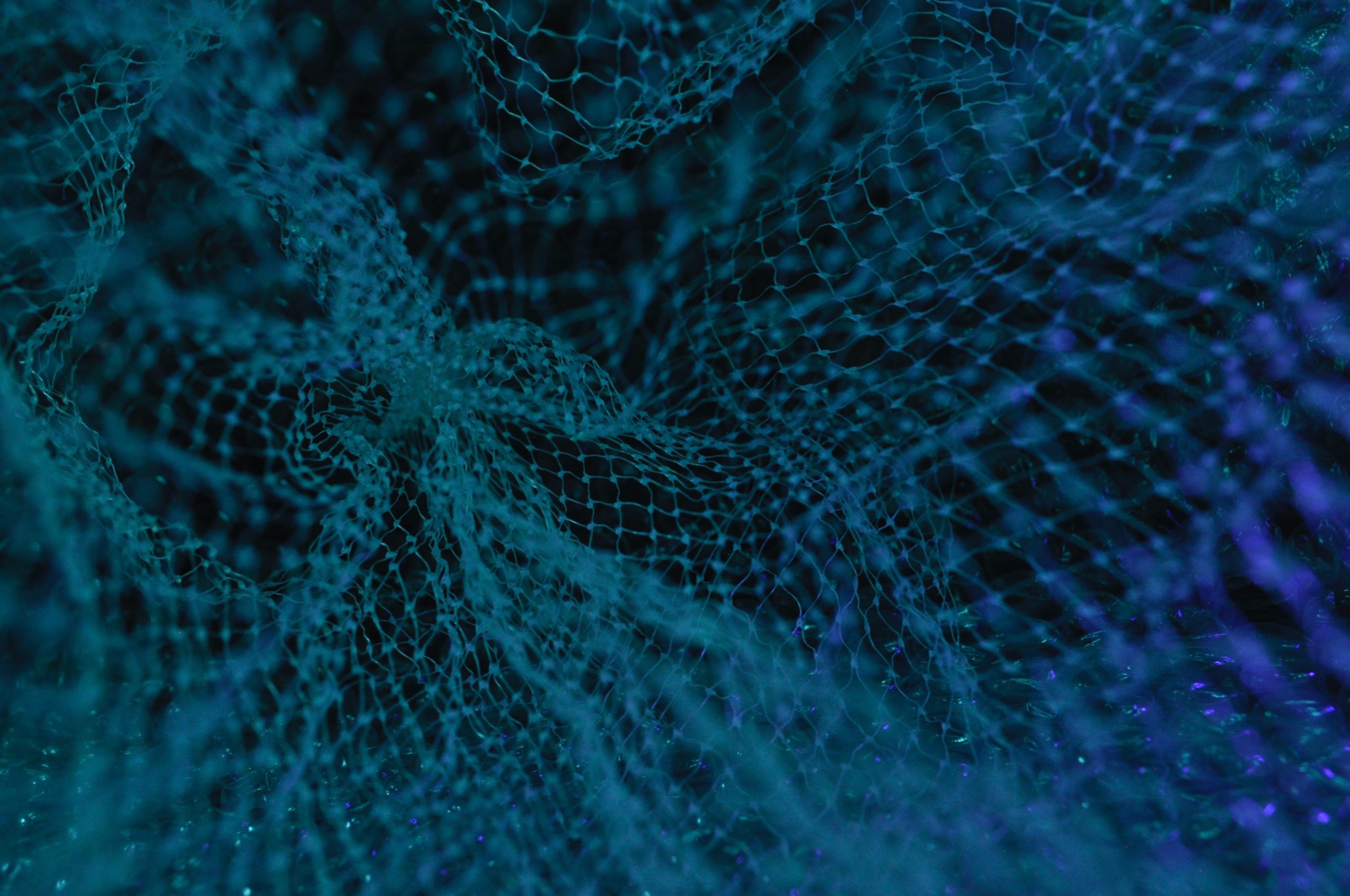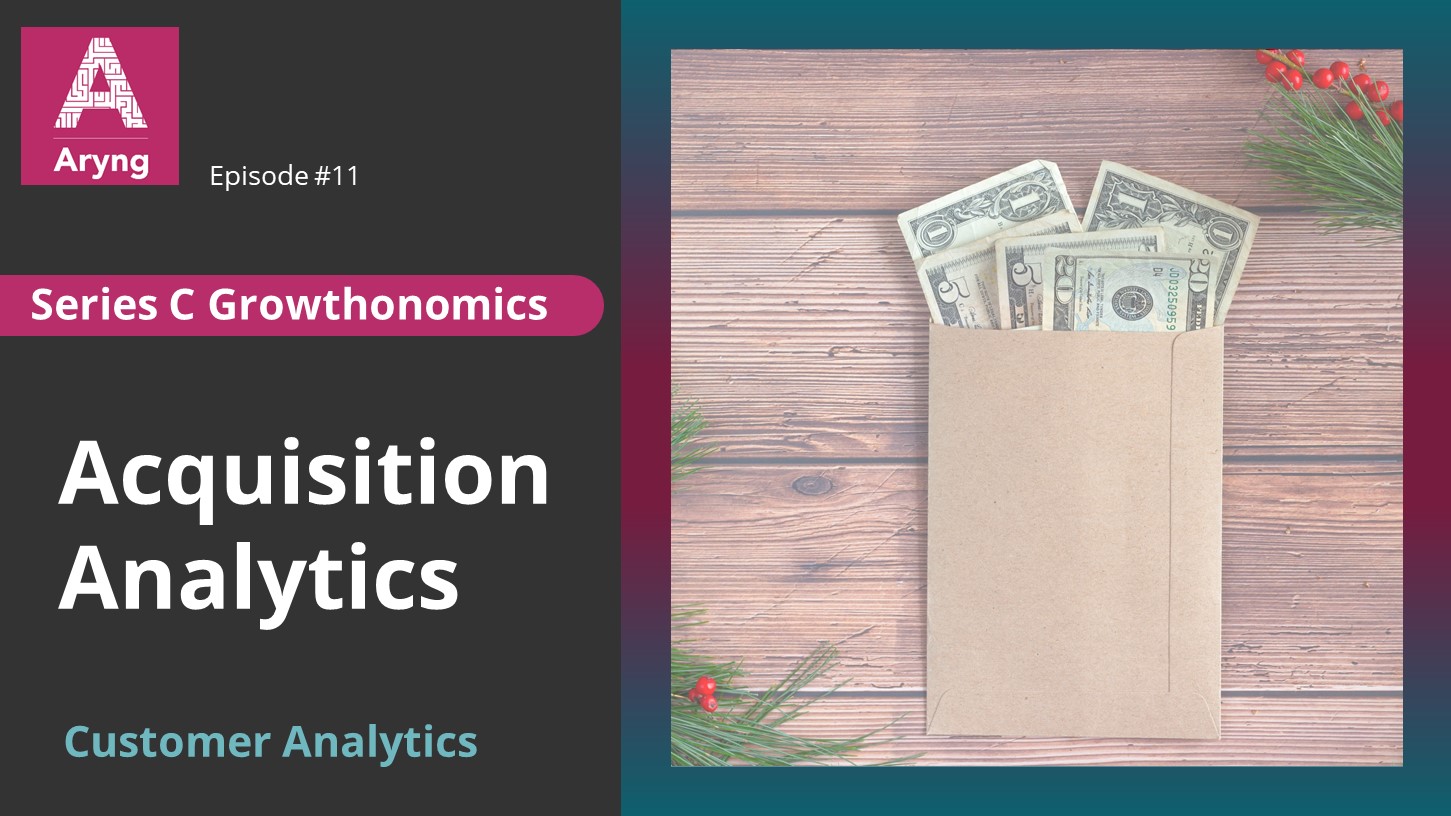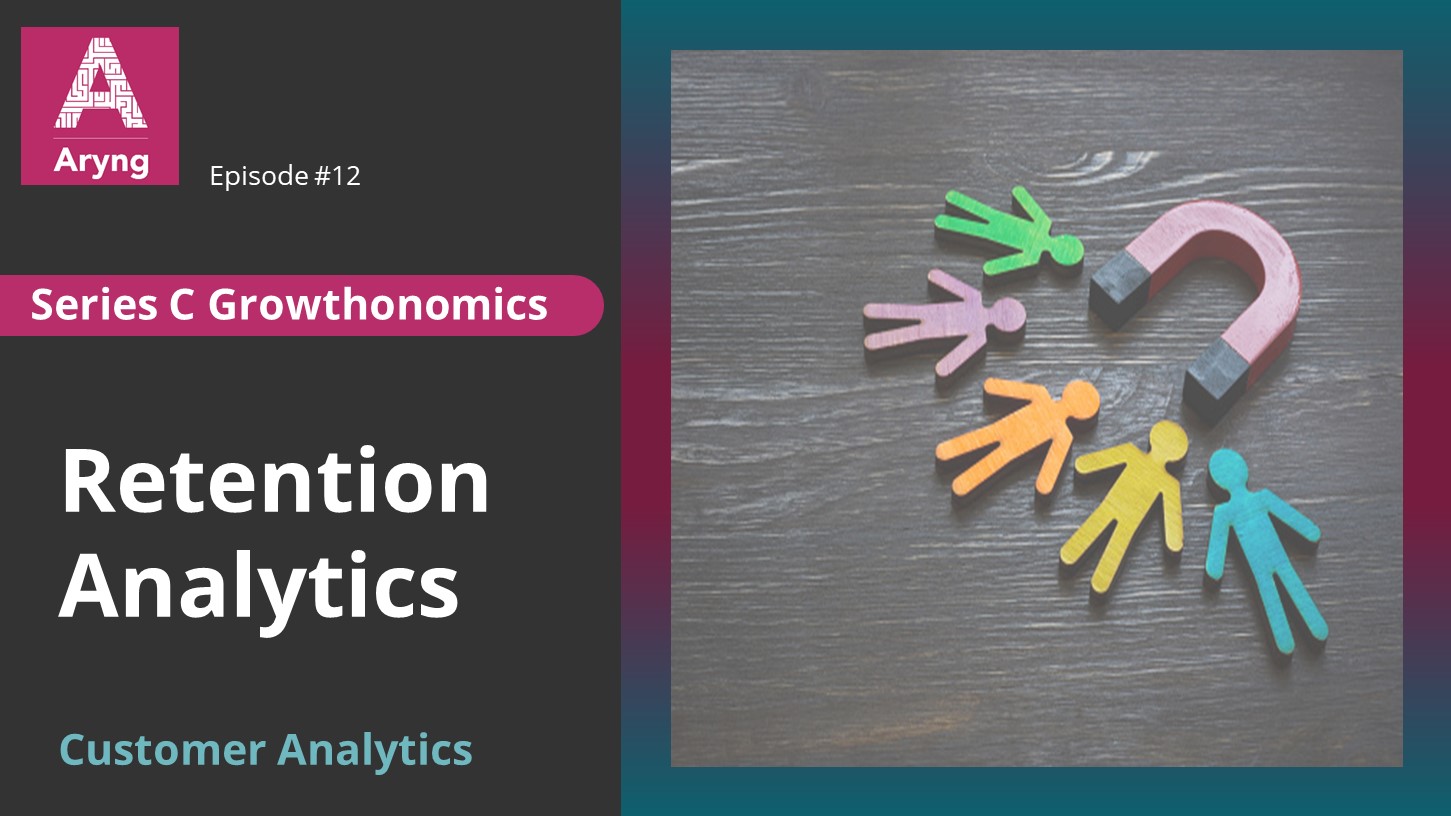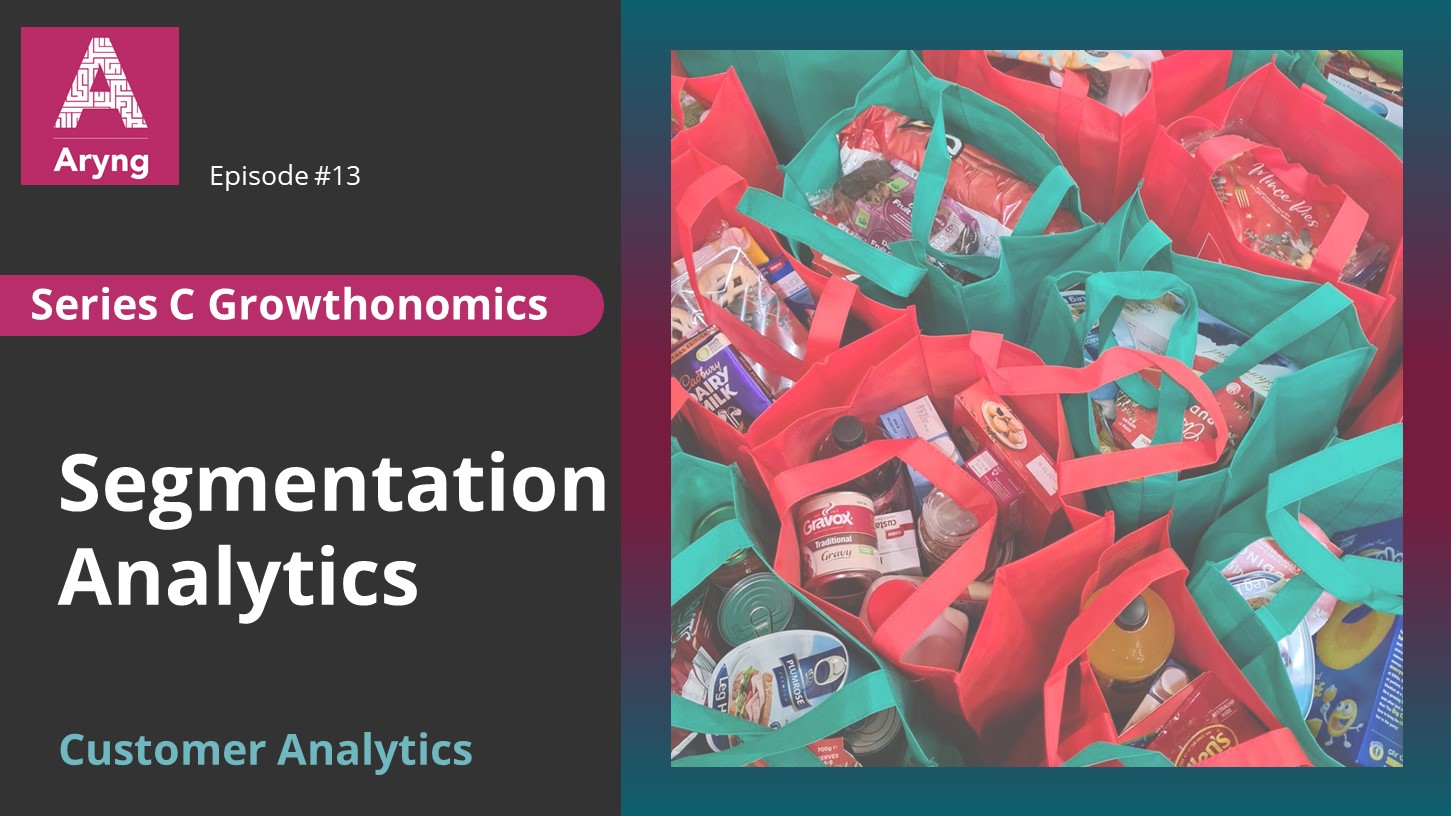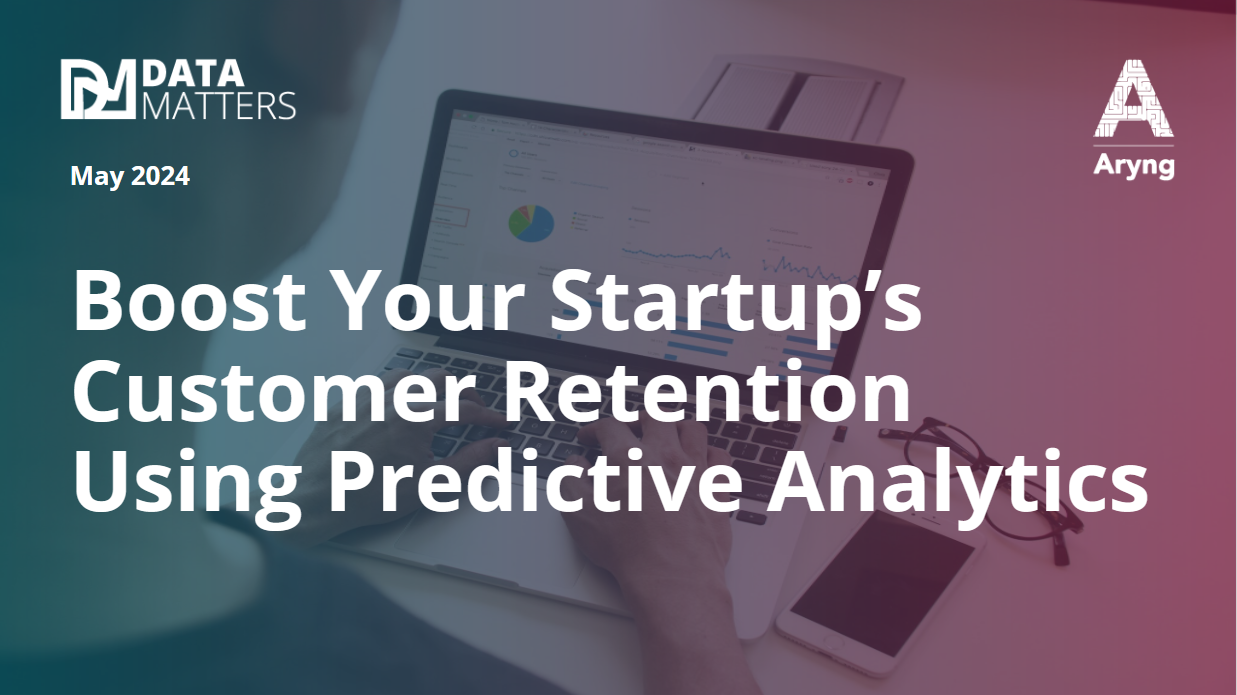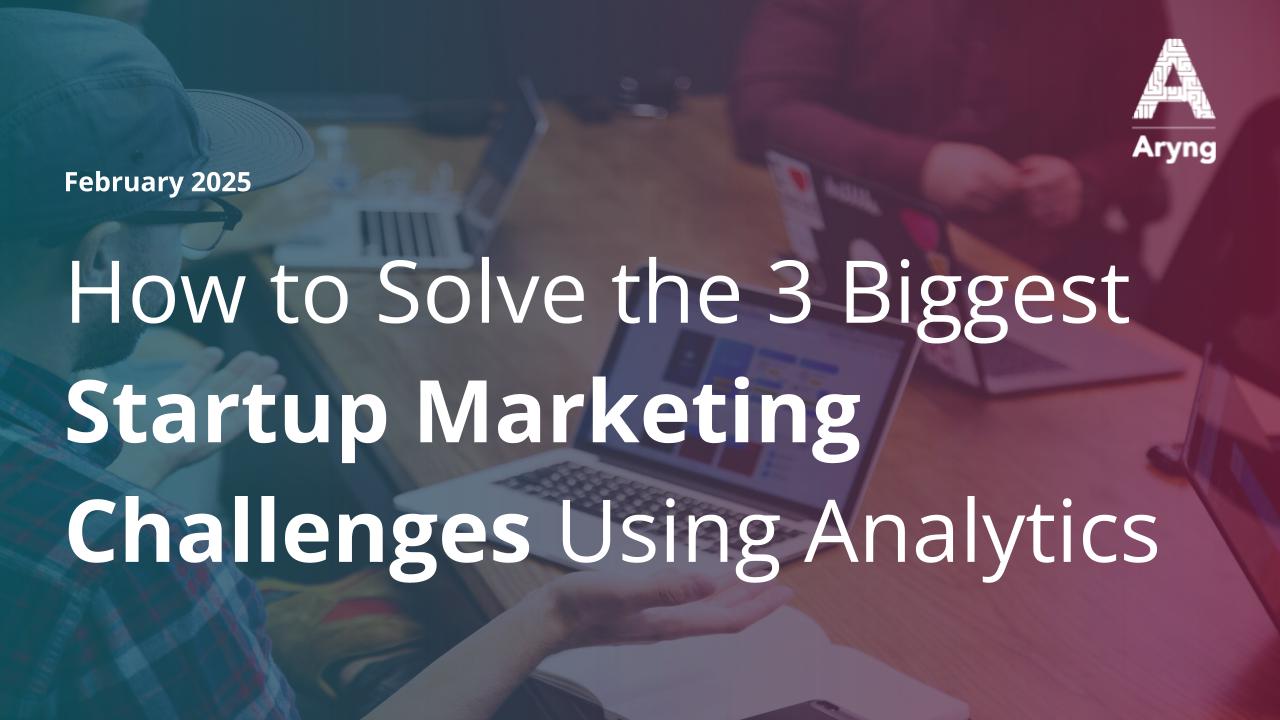Startups who neglect customer retention are essentially leaving money on the table. This is because there’s a lingering myth that growth equals customer acquisition. The reality? True growth balances new customers with keeping the ones you already have.
So let’s redefine “growth.” It’s not just about adding customers; it’s about keeping them too. A mere 5% increase in customer retention can boost profits by over 25%, according to research by Frederick Reichheld of Bain & Company. In this current venture climate, where long-term profitability is the golden ticket to both growth and fundraising, overlooking retention in the early stages is a critical error.
Why retention matters in the early stages
Existing customers, by definition, have already bought into a startup’s vision. Thus, they deserve value from day one. The journey to customer renewal begins the moment they commit.
Yet, many businesses launch retention strategies only moments before a sale’s renewal, after a prolonged silence. This approach is far from the A-list treatment that a startup’s first customers deserve, as it clearly indicates to them that the priority is the next sale, and not delivering value.
The customer retention cycle
Customer retention is a continuous journey, starting at the sale and moving through five key stages in a loop, each stage requiring specific value-adds to foster loyalty and profitable retention.
As per Gartner’s findings, the probability of customers choosing to renew or repurchase increases by 86% when they experience more value during any service interaction.
But it’s also not just about inherent value; the perceived value holds equal, if not more, significance. Take, for instance, a productivity app brimming with features designed to boost time management and efficiency. Despite its technical superiority, if users find it overly complex or not user-friendly, they’re likely to abandon it in favor of a simpler alternative. In this case, the app’s intrinsic worth is eclipsed by how users perceive and experience its usability and practicality in their everyday lives.
Stage 1: The Sale
The moment a customer completes their first transaction is the moment when their excitement is at its peak. This is where the journey of customer retention actually begins. It’s crucial at this stage to leverage this peak of excitement to forge strong emotional connections.
Emotion is what makes customer experiences stick, as well explained by Stefan Thomke in his article. When people remember a business they like, they remember how that business made them feel more than the actual features of the product or service. Therefore, a savvy customer retention strategy at this juncture focuses on capturing and amplifying these positive emotions.
Using data science to understand and amplify positive emotions in customer experiences is a powerful strategy for startups. They can conduct various analyses, including sentiment analysis, to pinpoint the specific emotions new customers associate with their brand. Here’s an example of how:
- Collect data on customer interactions, focusing on the moments leading up to and during the purchase. This includes website clicks, time spent browsing, and specific items added to the cart.
- Utilize advanced sentiment analysis algorithms to categorize this data, identifying positive sentiments such as excitement, satisfaction, and enthusiasm.
Based on the insights collected, startups can create effective and immediate personalized post-purchase engagement that enhances experience and boosts customer retention. Here are 6 strategies that can be driven by this:
- Utilize Predictive Modeling: Offer personalized recommendations for complementary products or services to add a personal touch. Tailored recommendations should acknowledge the customer’s unique preferences and enhance their anticipation of the product.
- Leverage Sentiment-Driven Segmentation: Use insights from sentiment analysis to formulate targeted questions about the buying experience, acknowledge significant dates, and refine post-purchase email campaigns based on specific customer behaviors and preferences.
- Customize Messaging for Specific Purchases: Add personalized messages for high-value items or first-time buyers to create a more memorable and unique customer experience.
- Engage on Social Media: Provide personalized responses on social media platforms, offer exclusive access to new products, or include customers in a loyalty program with personalized rewards, all aimed at deepening the emotional connection.
- Enhance Data Infrastructure for Customer Service: Develop a system that allows customer service teams quick access to a customer’s purchase history and preferences, enabling them to offer more personalized assistance when needed.
Stage 2: The Wait
The waiting period is a crucial time of anticipation for customers after they’ve made a purchase. They’re excitedly looking forward to receiving the product or service they’ve chosen. It’s a pivotal phase where businesses can do more than just manage expectations – they can actively boost customer interest and excitement, further cementing the brand connection.
When wait time can no longer be reduced, Christopher Meyer’s article describes how you can add value during this time instead:
- Map the time customers are engaged with your product
- Find the “points of impatience” – the moments of irritation caused by a customer’s time wasted. The most important thing a startup can do to ensure a positive online customer experience, according to 66% of online Americans, is valuing their time.
- Think about what the customer’s expectations are at any time they are engaged with you.
Here are some strategies that will help startups during this phase:
- Be Transparent: Acknowledge the customer’s eagerness and consistently provide on-time and accurate information about their order status, ensuring reassurance and clarity.
- Build Connection: Engage customers by offering sneak peeks of the product’s journey from production to dispatch through visuals or behind-the-scenes content, thereby captivating their interest and strengthening their emotional connection to the brand.
- Offer Value-Added Content: Provide informative articles related to the product, exclusive access to user guides, or personalized notes from the team to enrich the customer experience.
- Introduce to the Community: Invite customers to forums, online discussion groups, or events where they can connect with like-minded individuals and engage more deeply with your brand.
Here’s a non-intuitive customer retention tip: Always align with the customer’s interests and avoid trying to sell more products before the customer has even received and experienced their first purchase. Also, avoid sharing discounts and offers that make the customer wonder if they could have purchased your product at a lower price if they had waited longer.
Stage 3: The Unboxing
The onboarding stage, crucial in the customer journey, encompasses the unboxing of physical products and digital service initiation. Here, novelty ignites excitement and lays the groundwork for habit formation in both realms. More than merely introducing a product, this phase is a chance to create a lasting impression.
To enhance the onboarding journey into a repeatable or recommendable experience, startups can use a multi-faceted approach.
- In-app tutorials guide users through key features, ensuring a smooth initiation.
- Welcome emails serve as a friendly introduction, providing additional tips and resources.
- Proactive support and anticipating potential challenges demonstrate a commitment to customer success.
A 2013 study found that attractive packaging triggered feelings of reward and that this increased the chances of impulse buying behavior. This makes the unboxing stage a critical touchpoint for influencing repeat purchases and drive customer retention. By analyzing customer preferences, startups can understand what types of packaging designs and elements resonate most with specific customer segments.
The onboarding process is not only a time to showcase the product’s features but also to guide customers toward incorporating it seamlessly into their routines. It is important for startups to collect and analyze customer data to ensure this.
- Implement Predictive Modeling: Identify potential challenges users may face during the onboarding process based on historical data and user behavior patterns.
- Anticipate Issues: Use insights from predictive modeling to foresee and prepare for potential user challenges.
- Offer Proactive Support: Deploy real-time chatbots or send personalized messages to demonstrate a commitment to customer success, addressing challenges before they escalate.
Stage 4: The Habit Formation
As customers experience the product or service, they become habituated with sustained usage. When habits are formed with repetitive use, customers enjoy greater speed, ease, familiarity, and efficiency each time they use the same product or service. This makes them less likely to want to switch to a competitor.
That makes this phase the best opportunity to deepen the relationship and cultivate loyalty using consistency. Lafley and Martin explain how. According to their article, in addition to becoming popular early, businesses must design for habit:
- Make using the product or service an automatic response, like how Facebook made checking for updates a compulsion, bringing users back to their platform over and over again, and making switching to another platform feel like breaking an addiction.
- Have clear guidelines to ensure familiarity and strong brand building even as the startup pivots and evolves. Often this comes down to the vision and mission statements that customers can resonate with. Retention born out of loyalty comes from customers who believe they are part of something bigger every time they interact with a company’s brand.
- Make thinking more automatic for the customer. They don’t want to increase their attention to consider buying another product or service. Use simpler communication to make repurchasing feel like the right decision instantly.
Make your product or service experience feel rewarding. To increase customer retention, startups must not stop communicating after delivery of the product or service. They must remain in touch at appropriate intervals, assuring customers of their willingness to offer support, and addressing customer complaints and needs as they arise.
Here too, data science is a startup’s best tool. With the right methodologies, startups can:
- Apply behavioral analytics to track how users incorporate the product into their routines.
- Analyze data on usage patterns, frequency, and timing of interactions.
- Identify key moments when users are most engaged with the product and provide targeted guidance or incentives to reinforce positive habits.
Stage 5: The Renewal
At this stage, the perceived value of the offer must shine through once more, reaffirming the customer’s decision to continue the relationship.
- Invoke Positive Emotions: Remind customers of the positive emotions experienced when using the product, like how a note-taking AI tool enhances meeting experiences.
- Highlight Benefits and Unique Features: Reiterate the product’s benefits, features, and unique selling points, emphasizing their positive impact on the customer’s experience to reaffirm their decision to renew.
- Personalize Communication: Use customized reminders that acknowledge the customer’s history and express gratitude for their ongoing partnership to enhance their experience.
- Offer Exclusive Incentives: Provide loyalty discounts or bonus features as additional motivation for customers to extend their subscriptions.
A standout example of showcasing value during renewal is LinkedIn’s approach. As LinkedIn grew, the professional networking platform strategically highlighted opportunities for professional growth and development as part of its renewal strategy. By emphasizing the tangible benefits of continued membership, LinkedIn reinforced the value proposition and aligned renewal with the customer’s career aspirations, boosting customer retention.
Want to read more case studies? Read about 3 simple concepts from behavioral economics that can give your startup an edge.
Conclusion
The customer retention cycle isn’t a terminus; rather, it’s a continuous loop that thrives on iterative learning. Startups must move beyond conventional practices, recognizing that the key to sustained success is a dynamic understanding of their evolving customers. As a result, this demands ongoing analysis of data to uncover shifting preferences, emerging patterns, and evolving sentiments.
Data is key to knowing your customers and creating engagement strategies that are always driven by a purpose. It’s not enough to send template retention emails, upsell offers, etc. Analyze your data to understand your customers and how you can keep delivering perceived value.
This is because when loyalty is cultivated through understanding, startups equipped with data-driven insights stand far ahead of their competitors when creating meaningful, enduring customer relationships. So they must analyze, adapt, and consistently deliver perceived value that leads not just to acquisition but to sustained customer retention, satisfaction, and loyalty.
